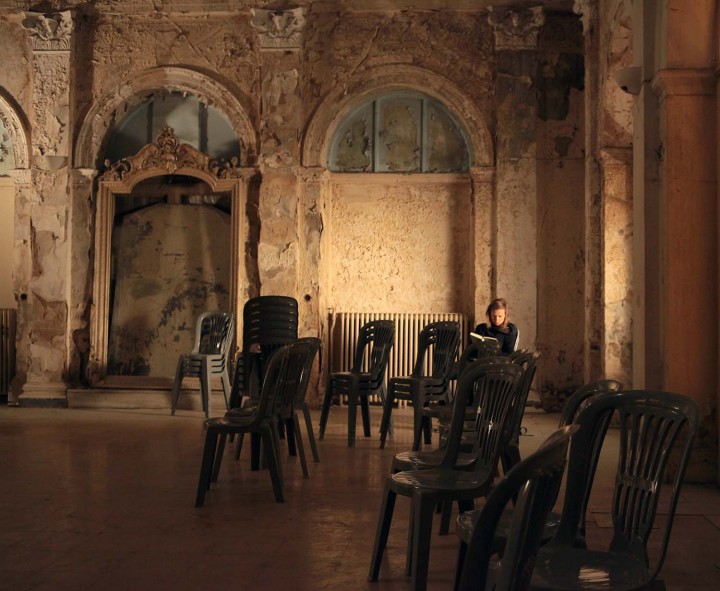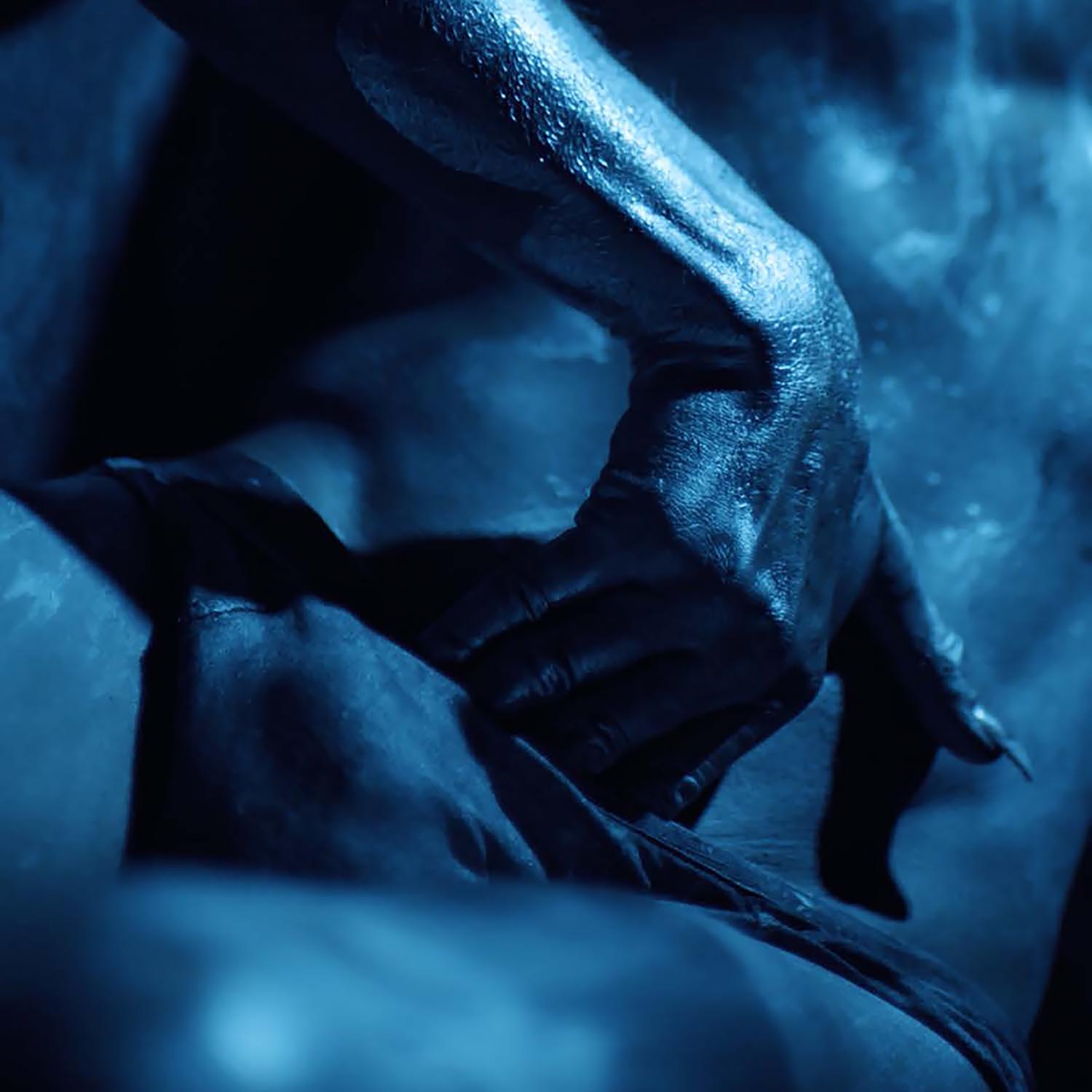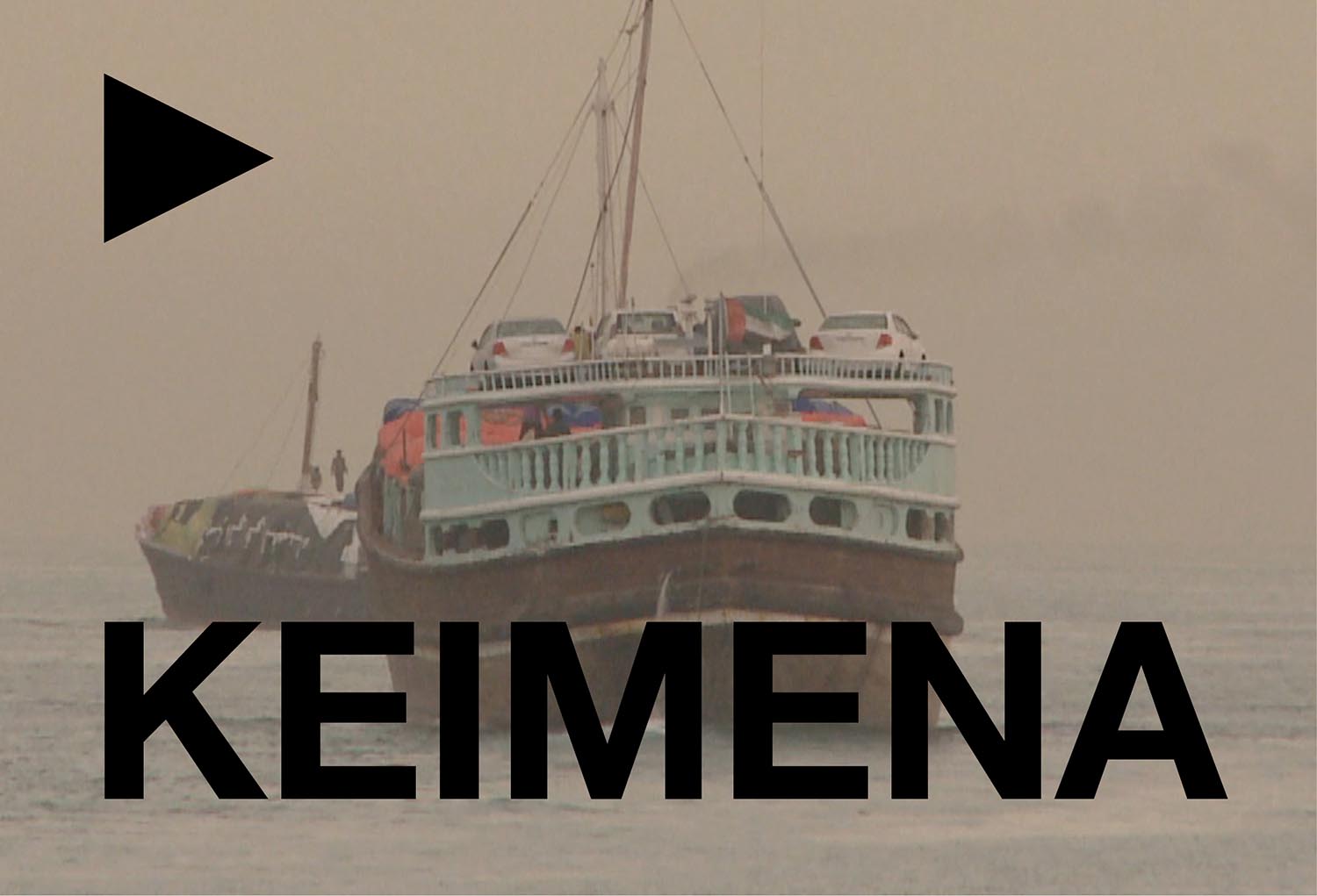The Athens Biennale 2015–17, titled “OMONOIA,” opened the first portion of its programming, “Synapse 1: Introducing a Laboratory for Production Post-2011,” on November 18th. Taking place between the New Rex Theatre and the historical Bageion Hotel, it focused around lectures and workshops with invited anthropologists, researchers, activists, academics and artists.
The Rex Theatre in central Athens was originally built in the 1930s with a visual economy borrowed from American art deco by architects Leonidas Bonis and Vassilis Kassandras. The vertical striping of the façade, the rectangular frame and the almost-pyramidal tower have been largely kept intact, consolidating its title as the first “skyscraper” in Athens. Ten minutes away lies the nineteenth-century center Omonia, known less for its École des Beaux-Arts Americana than for neo-classical marvels like the long-since abandoned Bageion Hotel. Through aesthetically dissimilar, the venues both represent the cultural and political contingencies of the city, continuously navigating a position for itself amid economic crisis, global expansion and artistic reinvention.
It is a discerning choice for the Athens Biennial to begin their two-year programming with a series of events hosted between these venues. Particularly as, alongside curator Massimiliano Mollona’s vision of an artless biennial (comprising only lectures, panels and workshops), the architectural context is highlighted as structurally significant. Consorting, for example, in the marble-clad avant-foyer of the Rex on the first day suggested a theatrical situation: a staging, so to speak, of some of the more illusory rites of the art world. In the auditorium, seated in plushy, circled seats, amid discussions on alternative economies, institutional modeling and performances of the political — the latter being the most poignant perhaps — fantasies of contribution abound. The illusion of participation is given its own horizontal stage, and us front-center seats, in which we are inevitably forced to reflect on our complicity with a knowledge-based economy, suggesting, perhaps, that the avant-foyer is where discourse is best animated.
During the second day, the Bageion hosted a participatory workshop aiming to deconstruct questions raised during the panels — the shift of locale pleasantly replacing the previously felt theatricality for something much more subtle and beguiling. Inside these now-anonymous, emptied ruins of former rooms, complete with pedimented windows and gilded mirrors loosely left leaning against flaking walls, the building felt haunted by detachment and aphonia onset by some outside autocracy. To paraphrase something beautifully put by Mark Danielewski, the hotel as a conceptual structure grants us a day or a night of escape and experimentation, of “errancy and digression” from our usual rites and routines. It allows, as he states, “for a free moment of verse where we can design a destruction, a pleasure, an instant of contemplation.”
It remains to be seen, over the next two years, whether the biennial wishes to restore this function of the hotel as a space where discourse can engage in slightly more adulterous exchanges. Judging by the first two days, the participants, guided by the social and historical resonances embedded in the selected venues, seem to be more than willing to try.




